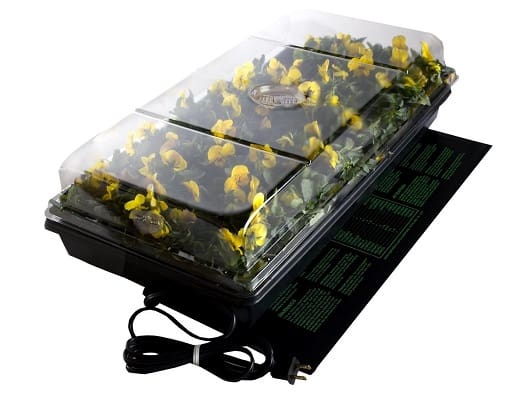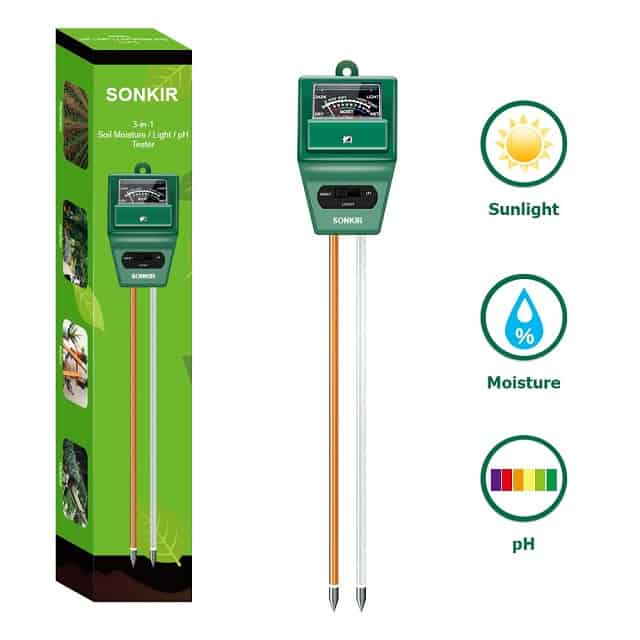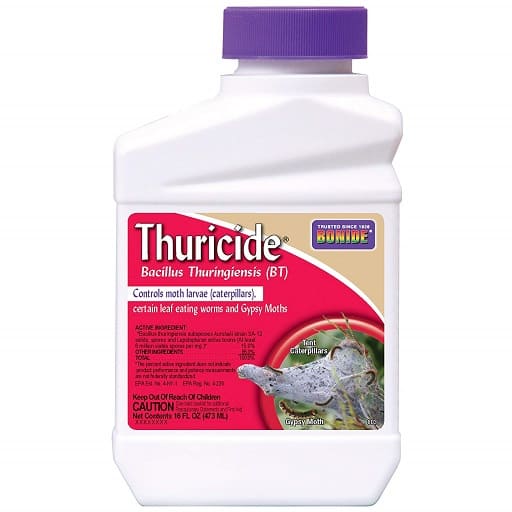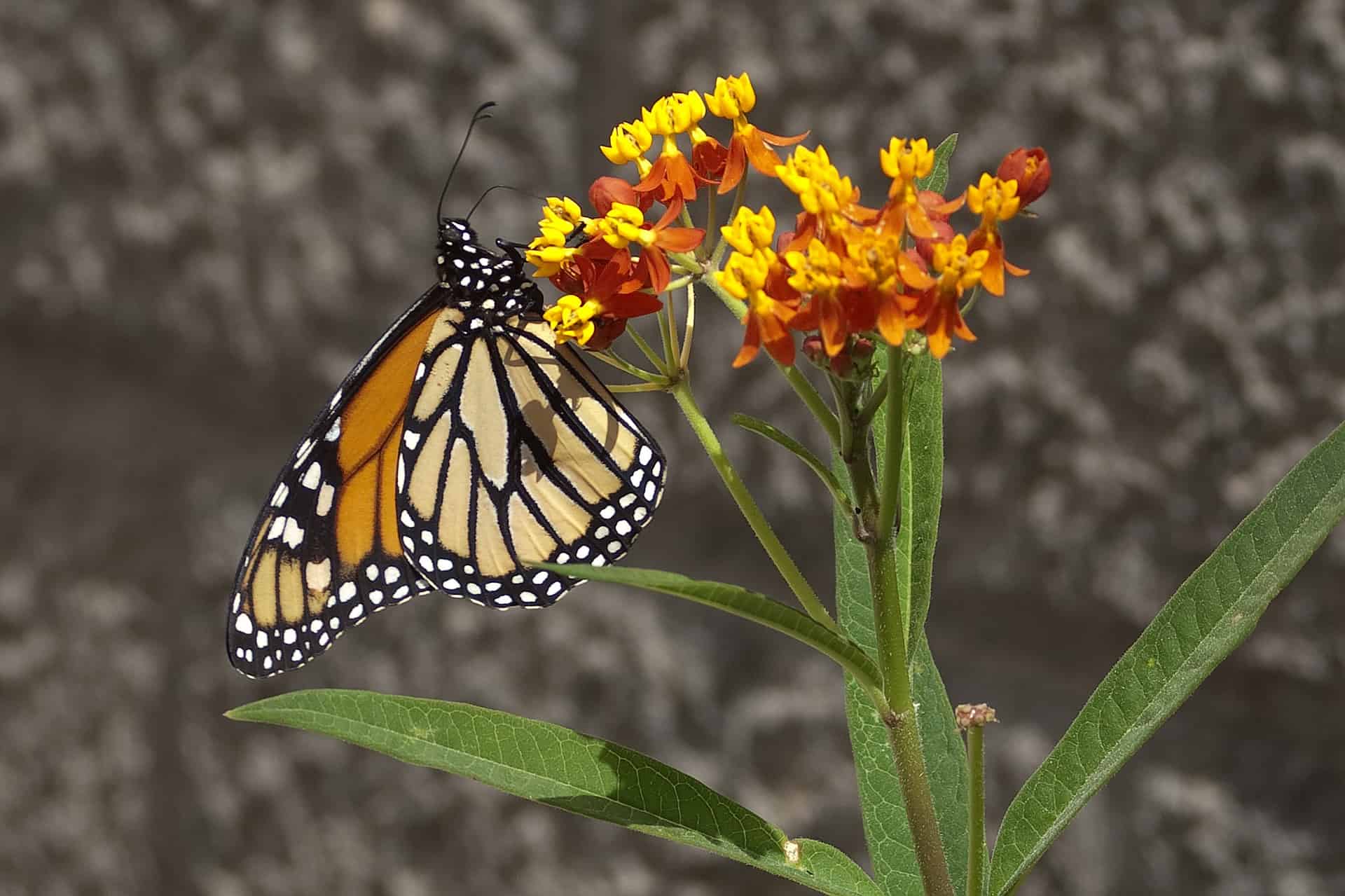Asclepias (Butterfly Weed) is a heat-loving plant that will put on a show with an endless display of fiery orange-scarlet flowers. It’s also one of the best flowers for pollinators like bees and butterflies since its irresistible fragrant blossoms are filled with a seemingly endless supply of nectar and pollen.
If you’re interested in learning how to grow Butterfly Weed continue reading this Asclepias growing guide for more information.
Best Butterfly Weed Varieties
| Image | Name | Rating | Shop |
|---|---|---|---|
 | Butterfly Milkweed/Monarch Flower Seed | ||
 | Butterfly Weed Hello Yellow Plant Seed | ||
 | Outsidepride Butterfly Weed Plant Seed | ||
 | Mexican Butterfly Weed Plant Flower Seeds |
Asclepias Care
Sun: Full
Height: 36 inches
Spread: 12 inches
Life Cycle: Annual
Water Requirements: Moderate
Plant Outdoors: Late April
Plant Indoors: March
Asclepias Annual or Perennial
Asclepias is an annual flower that grows in hardiness zones 3 to 9 (USDA). Once the first frost hits them they will start to die back in the early winter. However, Asclepias can naturalize in a garden since they can drop hundreds of seeds that will germinate the following season.
Asclepias Sun or Shade
Asclepias prefer to grow in full sun, but they are a very adaptable plant that can also tolerate partial shade.
Starting Asclepias Indoors

Asclepias seeds tend to germinate slowly and it’s a good idea to sow them indoors 8 weeks before the last frost. If you want them to sprout faster you can soak the seeds for 24-hours and sow them in a heated seed-starting tray to speed up the germination process.
Keep the soil moist and make sure the tray remains covered until the seeds germinate. After 10 to 21 days the seeds will start to emerge.
Once the seedlings begin to mature you can move them to a warm sunny location, or you can place them under a LED Grow Light (Buy Online) for 12 to 16 hours each day.
Once the seedlings have two full sets of leaves move them outdoors and harden them off in a sheltered location before transplanting them into your garden.
Starting Asclepias From Seed in a Flower Bed
The quickest way to grow Asclepias in a flower bed is to plant them after the last frost in your area. Then cover the seeds with a thin 1/8 to 1/4-inch layer of soil. Keep watering the seeds daily until the Asclepias germinate.
Asclepias Plant Spacing
Sow Asclepias seeds closely and then when the plants start to mature they should be thinned down to a 12-inch plant spacing
Asclepias Soil Requirements

Asclepias can grow in most soil conditions, and they can even tolerate growing in nutrient-poor soil. However, like most plants, they prefer to grow in a loose, rich soil that’s slightly acidic.
It’s also a good idea to give them a light top-dressing of organic compost at the beginning of each season if you want to encourage a Butterfly Weed plant to produce more flowers.
Asclepias Water Requirements
Asclepias require a moderate amount of water when they are young, but once they mature they will survive off rainfall in most areas.
However, if you’re growing Asclepias in containers they will need to be watered regularly since they can dry out quickly especially in the hottest parts of the summer.
Asclepias Temperature Requirements
Asclepias is a heat-loving plant that thrives in hot weather, and they are one of the few plants that will flower in the summer in a southern garden.
Since Asclepias is a heat-loving plant it can be slow to germinate in cooler soil, and it’s a good idea to wait until temperatures reach 60°F to 65°F before sowing Asclepias seeds outdoors.
Asclepias Humidity Requirements
Asclepias can handle being planted in high humidity environments, but they will also do well in areas with moderate humidity levels throughout the spring and summer.
Asclepias Fertilizer Requirements
Asclepias is a very low maintenance plant, and for the most part, they won’t need any supplemental fertilizer.
How To Grow Asclepias in Containers
Asclepias can be grown in containers, but it’s a large plant that needs to be planted in at least an 18-inch pot. They also prefer a loose well-draining potting soil mix that can still hold a good amount of moisture.
When Asclepias is planted in a container it will need to be fertilized regularly, or you can plant it in a potting soil mix that contains a time-release fertilizer.
If you want to encourage Asclepias to produce more blooms all summer into the fall you can use a fertilizer that contains more phosphorus to stimulate flower production.
Deadheading Asclepias
It’s a good idea to deadhead Asclepias all summer long if you want it to produce more flowers. This will allow the plant to focus its energy on producing blossoms instead of seed production.
All you need to do to deadhead Asclepias is cut the spent bloom off right at the stem. Then you’ll want to continue deadheading your Asclepias plants all summer long to maintain an endless display of colorful showy flowers.
Asclepias Pests

Asclepias can become infested with aphids, ants, and mealybugs. Insecticidal powders or sprays will usually control these insects. Or you can also use organic insecticides and beneficial insects along with other natural methods of integrated pest management.
Asclepias Diseases
Asclepias is a relatively hardy plant but it can still suffer from mosaic viruses, rusts, and leaf spot diseases.





